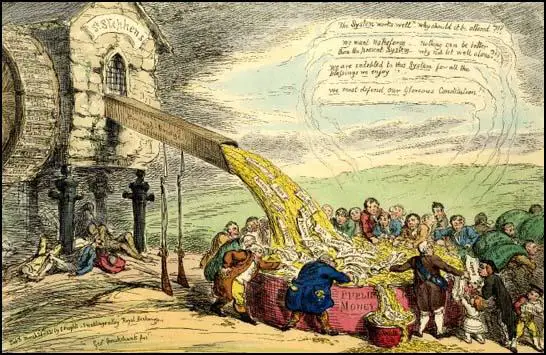The Great Reform Act 1832
The Great Reform Act 1832
The changes since 1783 meant there was the emerging manufacturing classes that wanted to challenge the aristocratic system of government. A lot of these people did not yet have the right to vote. This lead to when the Whigs came to power in 1830 under Charles Gray they went forward with the Great Reform Act 1832. This Bill took a while to get through in October 1831 the bill was thrown out by the House of Lords. In May 1832 after months of protests and unrest another bill was created which was rejected by the House of Lords. Grey asked the king to create 50 new peers to get the bill through. Gray resigned and Wellington tried to take over but he didn't have the support and Britain was on the verge of revolution. Gray return as PM and King William agreed to create the peers if the Lords failed to pass the bill. In June 1832 the Great reform act was created,
What did it do

The changes since 1783 meant there was the emerging manufacturing classes that wanted to challenge the aristocratic system of government. A lot of these people did not yet have the right to vote. This lead to when the Whigs came to power in 1830 under Charles Gray they went forward with the Great Reform Act 1832. This Bill took a while to get through in October 1831 the bill was thrown out by the House of Lords. In May 1832 after months of protests and unrest another bill was created which was rejected by the House of Lords. Grey asked the king to create 50 new peers to get the bill through. Gray resigned and Wellington tried to take over but he didn't have the support and Britain was on the verge of revolution. Gray return as PM and King William agreed to create the peers if the Lords failed to pass the bill. In June 1832 the Great reform act was created,
What did it do
- The act increased the electorate from 435,000 to 652,000 an increased of 217,000.
- The industrial North gained seats to become more representive with Lancashire gaining 11 seats.
- The act decreased the number of rotten boroughs and the number of seats rural south had with Cornwall losing 28 seats and Buckingham losing 3 seats.
- Polling day was reduced from 15 days to 2 days to try and reduce corruption.
- There was anyway still a lot of corruption as there was a lack of a secret ballot.
- Register of electors was introduced was created by the act but many people did not check or bother looking.
- This was the end of the monopoly of political power of landed aristocracy.
- Working class men still could not vote and the North was still under-represented.

Comments
Post a Comment